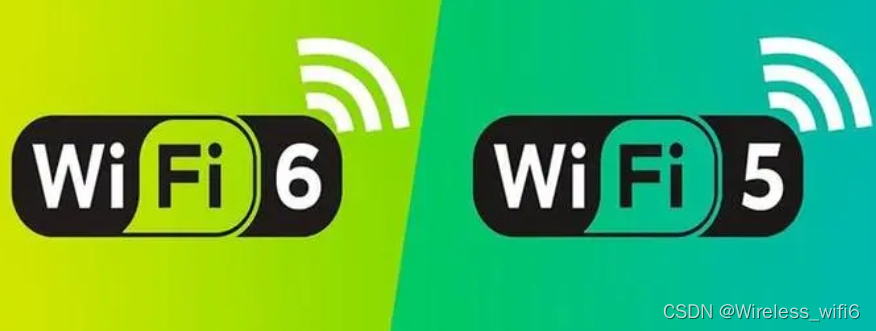Technical comparison of IPQ4019, IPQ4029, and IPQ4018 chips
## Introduction
Qualcomm's IPQ family of SoCs (System-on-chip) are widely used in wireless networking devices, including routers and access points. IPQ4019, IPQ4029, and IPQ4018 are three important chips in this family. This article will explore in detail their differences in technical specifications, application scenarios, and performance.
## Chip overview
### IPQ4019
The IPQ4019 is a powerful dual-band Wi-Fi SoC that supports 4x4 MU-MIMO technology. It integrates high-performance network processing power and wireless transmission technology for demanding home and enterprise network equipment.
### IPQ4029
The IPQ4029 is also a dual-band Wi-Fi SoC with support for 4x4 MU-MIMO. Compared to IPQ4019, it has some improvements in processing power and functional integration, further optimizing performance in concurrent user processing and high-density user environments.

### IPQ4018
The IPQ4018 is a single - or dual-band Wi-Fi SoC aimed at the mid-market and supports 2x2 MU-MIMO technology. Compared to the IPQ4019 and IPQ4029, the IPQ4018 is slightly inferior in performance and concurrent processing power, and is mainly targeted at cost-sensitive markets.
## Comparison of technical specifications
### RF and antenna configuration
- **IPQ4019**: Supports dual-band (2.4GHz and 5GHz) with 4x4 MU-MIMO technology to handle higher data throughput and more concurrent users.
- **IPQ4029**: Similar to IPQ4019, supports dual-band and 4x4 MU-MIMO, but is more advanced in RF design and performance optimization.
- **IPQ4018**: Supports single frequency or dual frequency, 2x2 MU-MIMO technology, suitable for application scenarios with relatively low performance requirements.
### Wi-Fi standard support
- **IPQ4019**: Fully supports the 802.11ac Wave 2 standard, including 160MHz bandwidth and MU-MIMO features.
- **IPQ4029**: Also supports the 802.11ac Wave 2 standard and has been optimized in implementation details to improve performance in high-density environments.
- **IPQ4018**: Supports the 802.11ac standard, but generally does not fully support Wave 2 features, and does not have 160MHz bandwidth and advanced features of MU-MIMO.
### Processing power
- **IPQ4019**: Integrated dual-core ARM Cortex-A7 processor up to 716MHz, providing powerful computing power to support complex network processing tasks.
- **IPQ4029**: Integrated dual-core or quad-core ARM Cortex-A7 processor, more processing power, suitable for higher load network environments.
- **IPQ4018**: Integrated dual-core ARM Cortex-A7 processor, usually with low power frequency, suitable for the network needs of the average home or small office environment.
### Memory and storage
- **IPQ4019**: Supports DDR3/DDR3L memory with a maximum capacity of 1GB, and supports NAND and eMMC storage ports.
- **IPQ4029**: Supports DDR3/DDR3L and DDR4 memory, with a maximum capacity of 2GB, and more diversified storage interfaces, including NAND, eMMC, and SPI-NOR.
- **IPQ4018**: Supports DDR3/DDR3L memory, the maximum capacity is usually 512MB, the storage port is relatively basic, suitable for cost-sensitive applications.
## Application scenario
### IPQ4019
Suitable for high-performance home gateways, enterprise-class routers, and wireless access points in high-density user environments. Its high concurrency and advanced wireless features make it ideal for demanding networking applications.
### IPQ4029
Targeted for enterprise-class applications that require higher processing power and performance optimization. It is suitable for high-load network devices, such as high-end routers and large-scale Wi-Fi deployment scenarios.
### IPQ4018
For the middle and low-end market, it is suitable for common home routers, small office network devices, and other cost-sensitive application scenarios. Its performance and functions are sufficient to meet the network needs of ordinary users.
## Summary
IPQ4019, IPQ4029 and IPQ4018 belong to Qualcomm's IPQ series chips, but there are significant differences in performance and application scenarios. Both IPQ4019 and IPQ4029 support high-performance dual-band 4x4 MU-MIMO technology for demanding network environments, but IPQ4029 goes a step further in terms of processing power and optimization. The IPQ4018 is targeted at the mid-market and supports 2x2 MU-MIMO, mainly for general home and small office network needs. The choice of chip should be based on the specific performance requirements and budget decision.






















 808
808











 被折叠的 条评论
为什么被折叠?
被折叠的 条评论
为什么被折叠?








